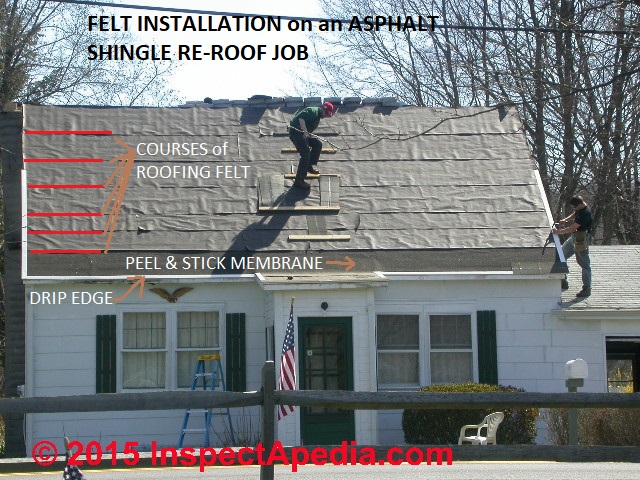How Much Will A Second Roof Lower Temperature

A federal study has shown that the plywood under dark roofs in direct sunlight is consistently 10 to 15 f.
How much will a second roof lower temperature. 1 2 in addition green roofs can reduce building energy use by 0 7 compared to conventional roofs reducing peak electricity demand and leading to an annual savings of 0 23 per square foot of the roof. As it cools it becomes more dense and sinks. Depending on the setting cool roofs can help keep indoor temperatures lower by 2c to 5c as compared to traditional roofs says anjali jaiswal of the us based natural resources defence council. As you ve probably heard from many the color of your roof does affect how much heat is absorbed into your attic.
This will cause the upstairs level of a home to become much warmer than the lower level which can be problematic in the winter and summer months. F roof contact temperature imparts heat to 70 degree f water. Avoid roofing in temperatures above 80. Color of your roof.
The rooftop temperature results from two different properties. Fortunately there are techniques to help balance the temperature in your home and possibly save money on your heating and cooling bill. The ability of the material to reflect the sun s energy back into the atmosphere called solar reflectance and the amount of heat the material rejects instead of absorbs called thermal emittance both are measured on a scale from 0 to 1 with higher scores translating into cooler roofs. Theoretically there is no lower or upper temperature limit governing when asphalt fiberglass shingles may be applied as long as appropriate precautions are taken.
If you attempt to install roofing when the temperature is too warm for installation shingles shakes and other materials may soften making them more difficult to handle. If the sun is especially hot the adhesive on the roofing may also dry out before you can get the roofing properly lined up and placed. Using sensors to measure roof temperature and moisture these systems can lower rooftop temperatures by as much as 40 to 60 degrees fahrenheit 4 4 to 15 5 degrees celsius on a hot summer day while consuming less than one pint 473 mililiters of water per square foot per day source. That s half way to the cooling the roof surface and possibly a quarter of the entire cooling load.
Let s look at the four most important roofing factors that affect the temperature of your home. Dark granules on laminated asphalt shingles absorb the sun s radiation pushing heat into the building which explains why an attic can be 50 to 85 degrees warmer than the outside temperature on a hot summer day. Green roof temperatures can be 30 40 f lower than those of conventional roofs and can reduce city wide ambient temperatures by up to 5 f. Thus underside of the roof membrane should fall 20 degrees to 90.
Cool roof asphalt shingles help lower that difference to just 5 or 10 degrees by using granules coated with a highly reflective.














































